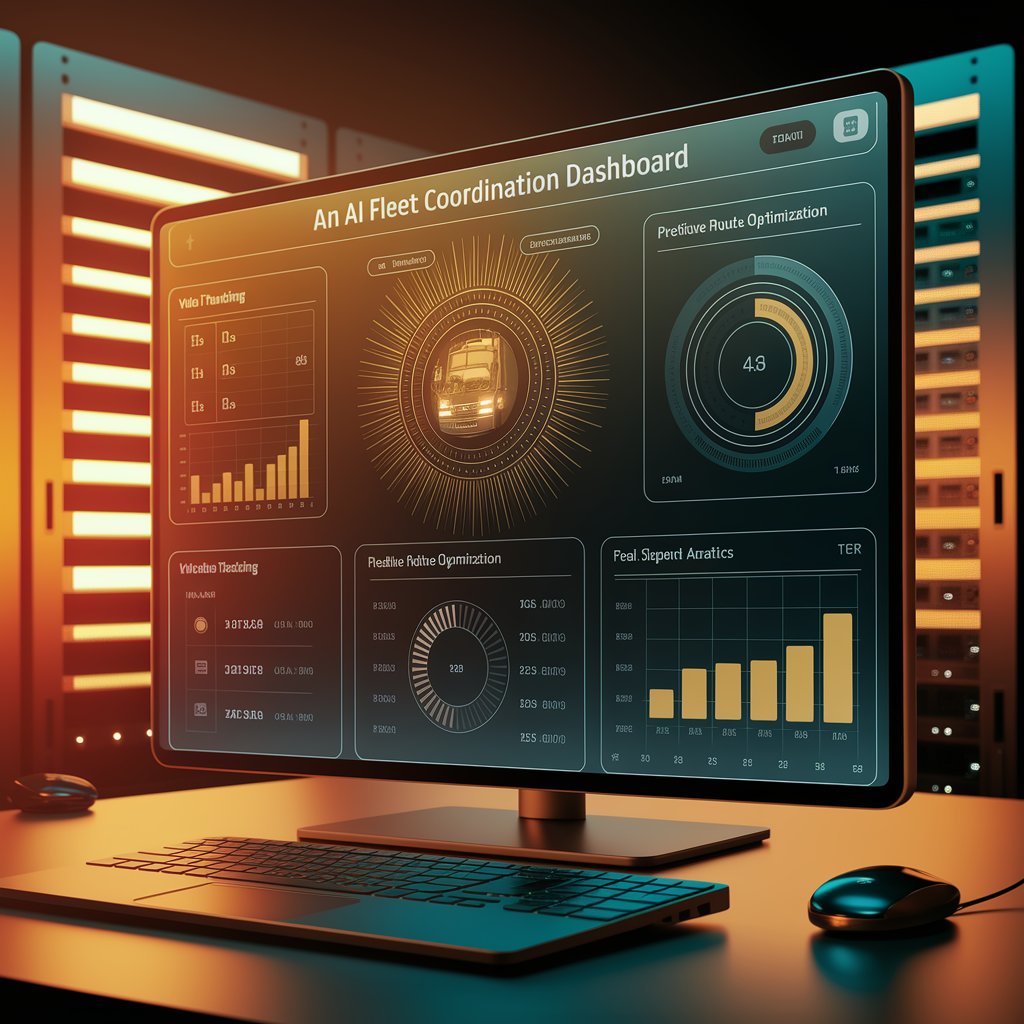AI Fleet Coordination: Intelligent Operations Management with Linbis

Introduction
That’s where AI fleet coordination from Linbis changes the game.
By combining artificial intelligence, predictive analytics, and automation, Linbis allows logistics companies to synchronize fleets, optimize routes, and anticipate operational challenges before they occur.
The result? A , faster, and more cost-efficient logistics network.
Step 1: Centralized Fleet Data Management
Linbis unifies all fleet information into one intelligent control center:
- Vehicle data: location, fuel level, capacity, and load type.
- Driver schedules: availability, performance, and hours of service.
- Maintenance records: upcoming inspections or repair history.
- Shipment details: priority, destination, and delivery requirements.
This unified database allows AI to analyze fleet status and plan operations in real time.
Step 2: AI-Powered Fleet Scheduling
Using predictive algorithms, Linbis creates optimized fleet schedules by:
- Matching vehicles to shipments based on route, capacity, and delivery windows.
- Anticipating potential traffic or weather delays.
- Balancing driver workloads and legal rest periods.
- Minimizing empty miles through automated load pairing.
AI continuously recalculates schedules as conditions evolve, ensuring maximum utilization and minimal downtime.

Step 3: Dynamic Route and Dispatch Coordination
Linbis transforms fleet dispatching into a self-adjusting system:
- Real-time route adjustments based on GPS and congestion data.
- Instant reassignments when vehicles become unavailable.
- Predictive ETAs for better customer communication.
- Automatic alerts for deviations or service delays.
This proactive coordination ensures every delivery stays on track — literally.
Step 4: Predictive Maintenance and Downtime Prevention
AI doesn’t just move shipments — it keeps the fleet running efficiently.
Linbis uses historical and IoT sensor data to:
- Predict maintenance needs before breakdowns occur.
- Automatically schedule vehicle servicing during low-demand periods.
- Detect unusual fuel consumption or driving behavior.
- Reduce unplanned downtime by identifying risk patterns early.
This predictive layer makes the fleet more reliable and extends vehicle lifespan.
Step 5: Real-Time Analytics and Insights
Fleet managers can monitor operations through smart Linbis dashboards that show:
- Real-time vehicle location and load status.
- Fleet utilization rates and idle time.
- Cost-per-route, fuel efficiency, and carbon footprint.
- Driver performance analytics and safety compliance.
These insights empower managers to make data-driven decisions that continuously improve logistics operations.

Advanced Features
- AI-based load balancing for multi-route coordination.
- Predictive fuel optimization and emission tracking.
- Driver performance scoring powered by machine learning.
- Geo-fencing and automation triggers for specific delivery zones.
- Seamless integration with TMS, WMS, and ERP systems.
Real-World Example 🚛
A transport company in Dallas implemented Linbis AI fleet coordination to manage over 120 trucks across the U.S. and Mexico. In just 5 months:
- Fleet utilization increased by 29%.
- Fuel costs dropped by 17%.
- On-time deliveries improved from 88% to 97%.
Now, AI automatically assigns vehicles, monitors driver performance, and adjusts dispatching — keeping operations efficient and predictable.

Benefits 📈
- Efficiency: Smarter vehicle usage and route planning.
- Visibility: Real-time data for proactive management.
- Cost Reduction: Minimize idle time and fuel waste.
- Reliability: Prevent breakdowns with predictive maintenance.
- Sustainability: Optimize routes to reduce emissions.
Conclusion
With AI fleet coordination, Linbis transforms complex fleet operations into a synchronized, automated, and intelligent ecosystem.
By blending predictive analytics, live data, and automation, Linbis helps logistics providers move from reactive management to autonomous fleet coordination — where every mile, vehicle, and decision is optimized for performance.
